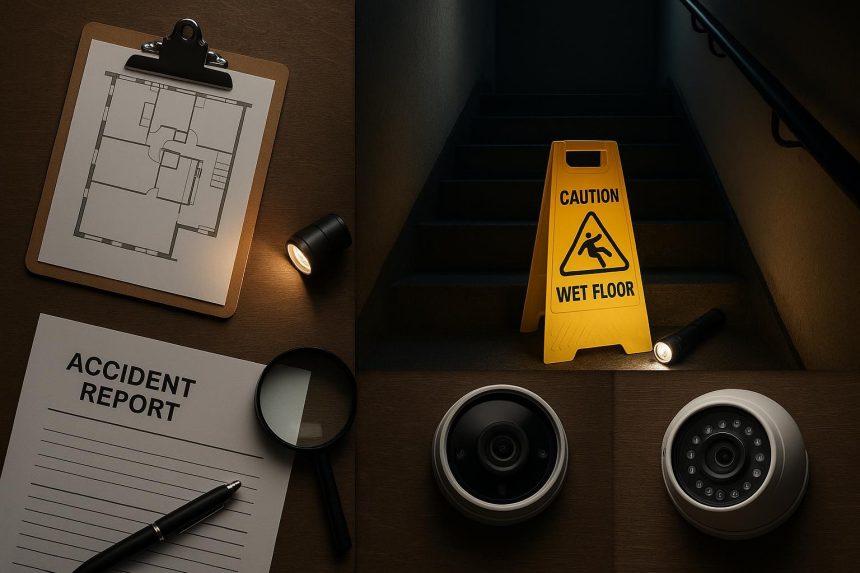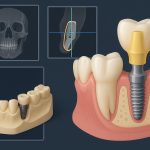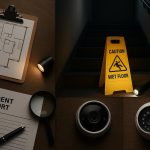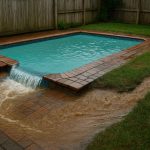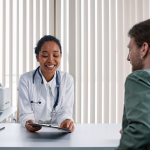Poor lighting is one of the most overlooked causes of slip and fall accidents. When lighting is poor, it becomes harder to see hazards such as wet floors, loose wires, or uneven steps. When a fall happens in an area that is not properly lit, proving that the lighting contributed to the accident becomes essential. Evidence showing the lighting conditions at the time of the incident can strengthen a victim’s claim. This type of proof helps show that the property owner failed to maintain a safe environment. Many victims who experience a slip and fall due to poor lighting turn to experienced attorneys to help gather and present the right evidence for their case. The type of evidence gathered can significantly impact whether unsafe lighting is determined to have caused the fall.
Photographs and Video Footage
Images taken immediately after the accident are some of the strongest forms of evidence. Photos can capture how dark or shadowed the area was, showing that visibility was reduced. They can also show where the lights were, if they worked, and if the area was hard to see. Security or surveillance cameras can also help confirm the lighting conditions at the time of the incident. Even a brief video clip can show how a person struggled to see obstacles or uneven ground. Visual evidence helps insurance companies and courts understand what the area looked like at the time of the accident.
Witness Statements and Testimonies
People who were present during or shortly after the accident can provide valuable insight into what happened. Witnesses might include bystanders, employees, or other visitors who noticed that the lighting was dim or malfunctioning. Their accounts can confirm that the area was unsafe and that the lighting conditions contributed to the fall. Consistent statements from multiple witnesses help establish credibility and support the victim’s version of events. Even if the lighting was later repaired or changed, these testimonies can preserve details that might otherwise be lost.
Maintenance and Inspection Records
Every property owner has a responsibility to maintain safe conditions, including keeping lighting systems functional. Maintenance logs and inspection reports can reveal whether the lighting had been checked or repaired recently. If these records show neglect or delayed maintenance, they can be powerful evidence of liability. Records of earlier complaints or repair requests can indicate that the property owner was aware of the lighting problem but failed to address it. This type of proof helps show that the accident could have been prevented with proper care and attention.
Lighting and safety experts can help determine whether inadequate lighting contributed to the fall. These experts can measure brightness levels, identify blind spots, and compare the lighting conditions to safety standards. Their professional reports can explain how a lack of adequate lighting reduced visibility or created hazards. This kind of analysis helps connect the lighting problem directly to the cause of the accident. Experts can also challenge insurance companies that attempt to minimize the role of lighting in the accident.
Medical Records and Injury Details
The injuries a person sustains during a fall can often reveal how the accident happened. Medical documentation can show the direction and force of impact, which can align with a fall caused by poor visibility. Doctors’ notes and test results can show that the injuries match those from slipping or tripping in a dark area. This information, combined with other forms of evidence, paints a full picture of what occurred. Medical records also highlight the seriousness of the injuries, which supports the claim for compensation.
Proving that a fall resulted from inadequate lighting often depends on collecting detailed and reliable evidence. Photographs, witness accounts, maintenance records, expert analysis, and medical reports all work together to demonstrate how poor lighting contributed to an accident. When gathered effectively, this evidence shows that the property owner failed to provide a safe environment. People who act quickly to keep evidence and get legal help have a better chance of a fair outcome. With the right support, they can move forward knowing their case is backed by clear and credible evidence.
Lynn Martelli is an editor at Readability. She received her MFA in Creative Writing from Antioch University and has worked as an editor for over 10 years. Lynn has edited a wide variety of books, including fiction, non-fiction, memoirs, and more. In her free time, Lynn enjoys reading, writing, and spending time with her family and friends.


